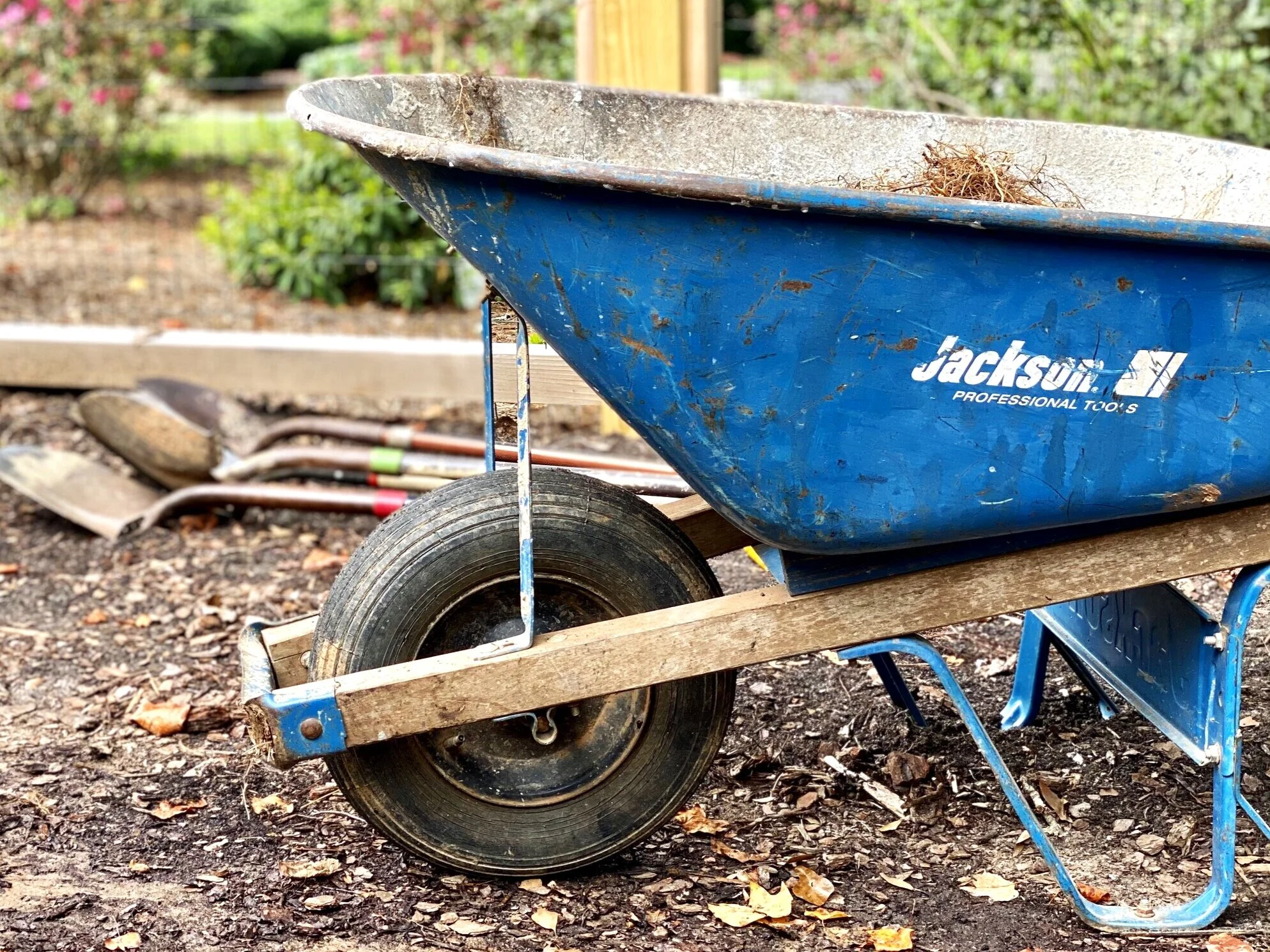It’s All About The Dirt
It really is. Healthy soil is key. It’s like having a healthy body. And soil is way more than just dirt – it’s a living mixture that requires careful attention. Fill your garden beds with the very best soil and you’re more than halfway there.
Truthfully, the best garden soil is a reflection of what naturally occurs in nature – compost, sand and topsoil – with a little extra bit of nutrients (like worm castings) thrown in. Dirt is mostly a mixture of sand, silt and clay. Depending on where you live, you will likely have more of one than the others. For example, in Atlanta there is a lot of clay – as in red clay. Clay has super high density with really small particles and holds water for a long time. While there is a good amount of nutrients in clay, and clay holds roots in place, there’s not a lot of air (which is a detriment).
So, you need a soil blend that has structure, air and nutrients. There are a number of options available. You can source your soil locally from a landscape yard or plant nursery, or purchase a custom blend like Soil3 for delivery. Or . . . you can make your own. And here’s the formula – 33/33/33 plus a little extra. That’s 33% topsoil, 33% coarse sand, 33% compost and a little extra – i.e., worm castings.
Each of these components plays a really important part in your dirt’s construction. The topsoil is the binding – it holds everything else together. The sand is for drainage. The roots of the edible plants in your garden will not like standing water. Be sure to source coarse sand (also called carpenter sand), not fine sand like the sand you find at the beach. The compost is the organic matter that mimics what naturally occurs in nature. Leaf compost, organic compost or mushroom compost all work well. And, the icing on the cake is the “extra” – the worm castings, animal manure, etc.
Once you have blended your special soil or sourced it locally, it’s time to figure out how much you’ll need to fill your garden beds. First, figure out the cubic feet of your kitchen garden. Take the measurements of the length, height and width of each of your raised beds. Multiply the length, height and width of each bed to get the total cubic feet of that bed. Next, add the cubic feet of each bed together to get the total cubic feet of your kitchen garden. Finally, take the total cubic feet of your kitchen garden and divide that number by 27 to get the total number of cubic yards (Note: There’s 27 cubic feet in one cubic yard).
Once you know how many cubic yards you need, you can decide whether or not you will need delivery of your soil components by truck or if you can purchase individual bags of topsoil, sand and compost. Generally speaking, if you have less than 27 cubic feet (i.e., one cubic yard), bagged materials should be manageable.
Happy mixing!




